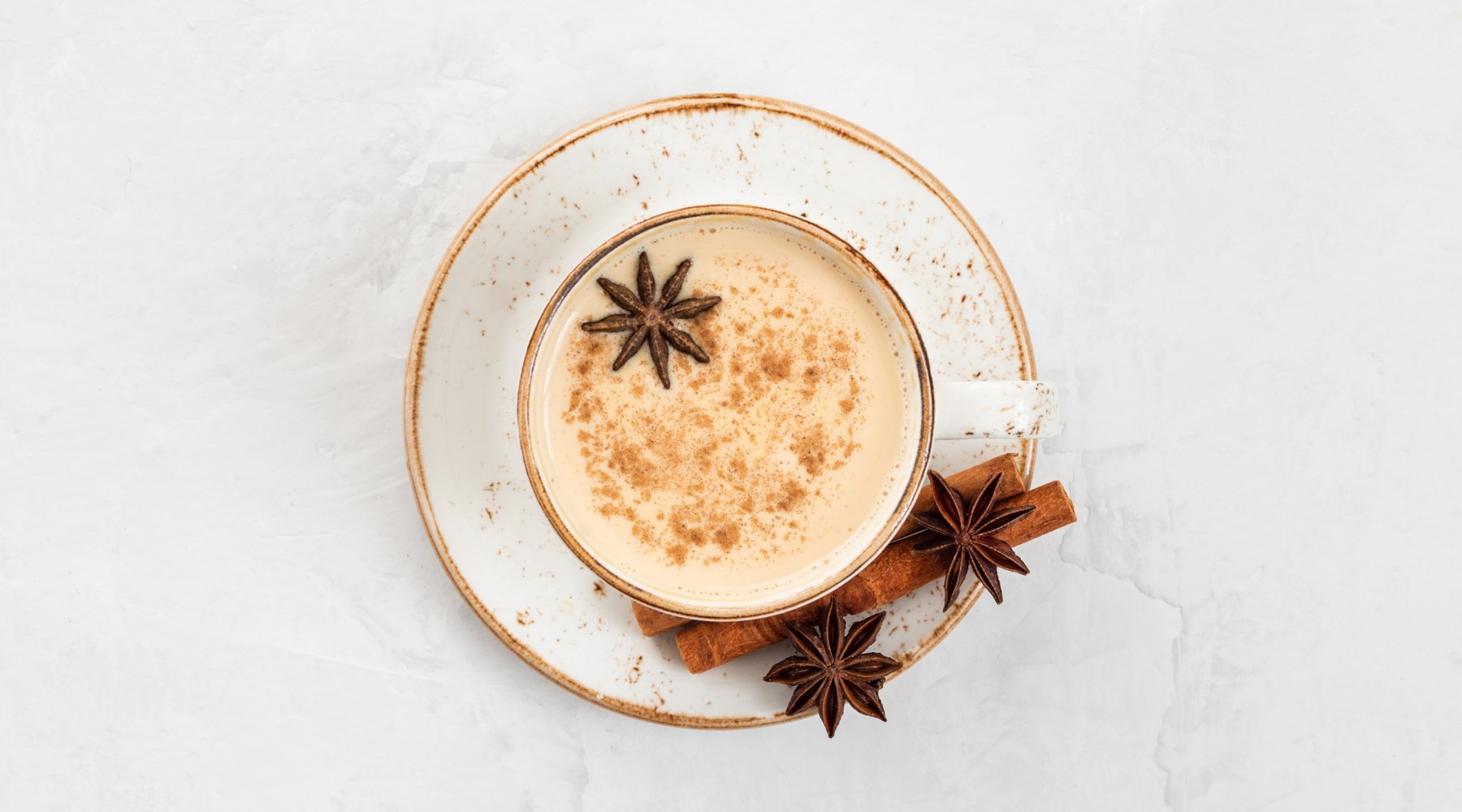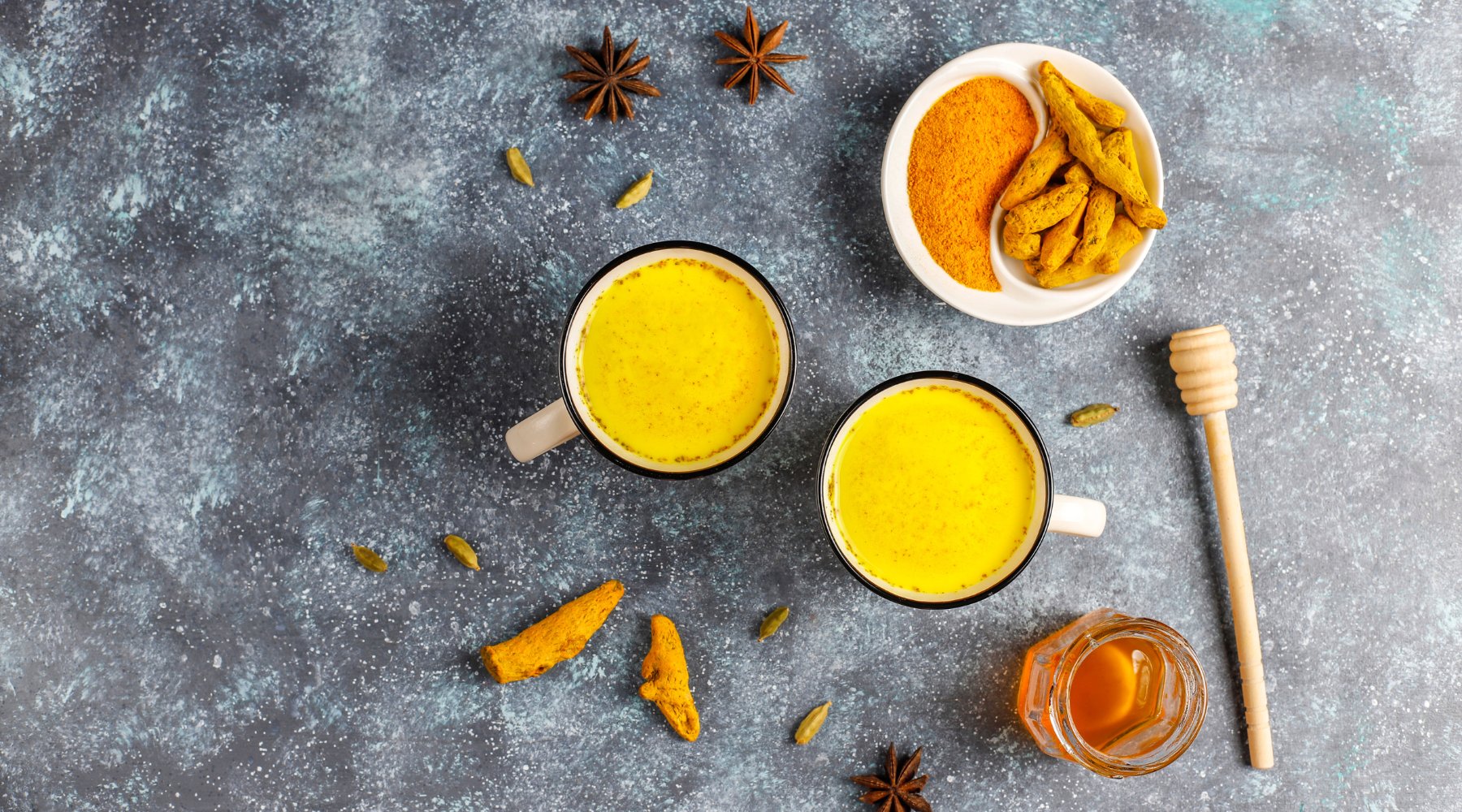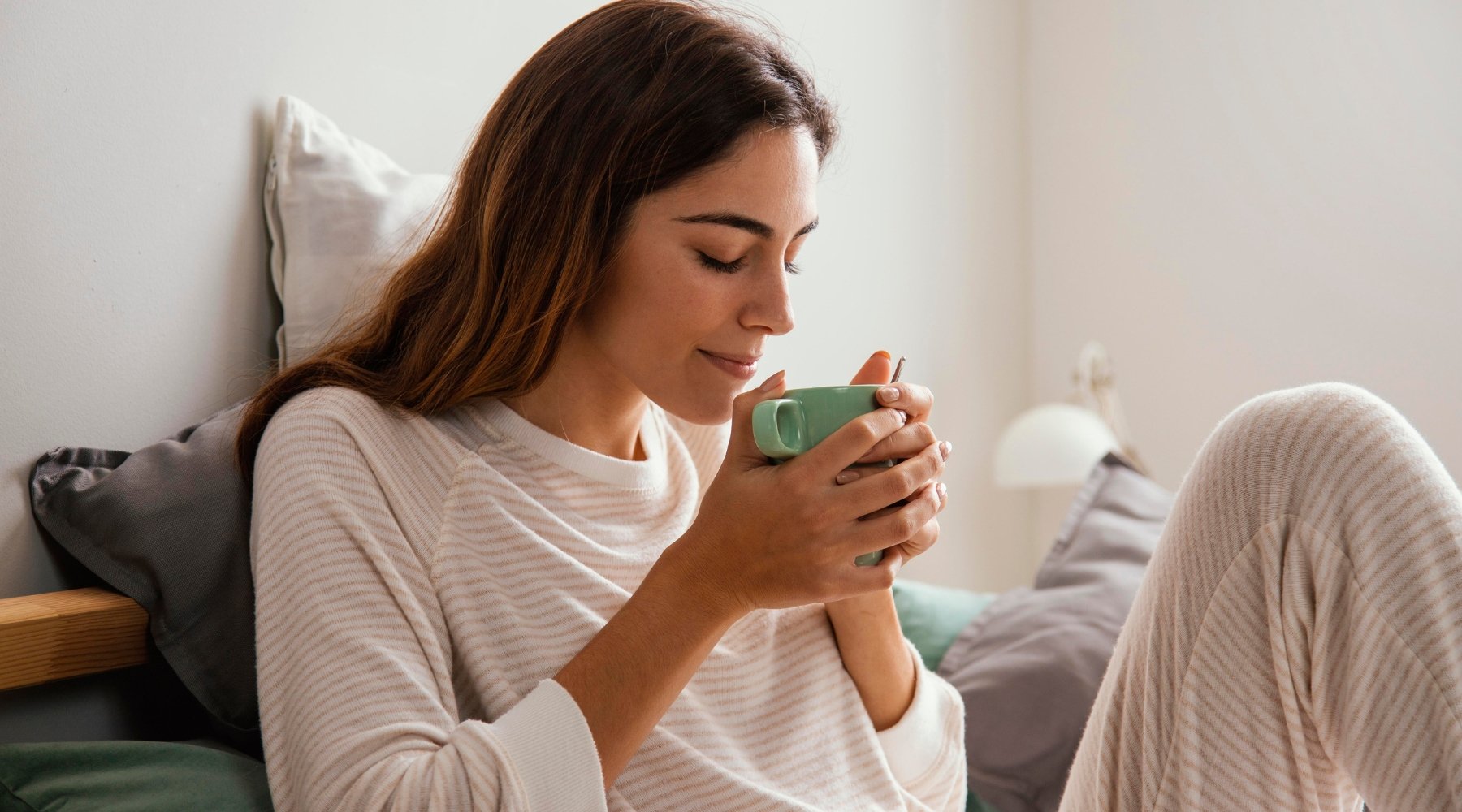
Ultimate Guide to Hojicha Latte: A Roasted Green Tea Elixir
A treasured specialty of Japan! Welcome to our ultimate guide to hojicha latte, a delightful beverage that harmoniously combines the rich and smoky flavours of Japanese roasted green tea blend with the creamy indulgence of a latte. Originating from Japan, hojicha is a unique roasted green tea renowned for its distinct flavour and calming qualities, usually compared with Matcha but totally different.
Join us as we unravel the secrets behind this beloved, healthy tea powder, exploring its nuances, health benefits, and the art of creating a blissful hojicha latte experience.
Before we begin, feel free to take a look at Tavalon’s premium Hojicha Latte Mix, which contains Japanese original, sublime roasted green tea powder and granulated sugar.
The Origins of Hojicha Latte: Where Did It Originally Come From?
The story of hojicha latte begins in the picturesque tea fields of Japan, where the tradition of roasting green tea leaves dates back to the 1920s. Hojicha, derived from the finest leaves of the Camellia sinensis plant, undergoes a meticulous roasting process that sets it apart from other traditional green teas. The origin of hojicha can be traced to Kyoto, a city renowned for its rich tea culture and craftsmanship.
The art of roasting the tea leaves was initially developed as a way to salvage leaves that were considered lower in quality or past their prime. Instead of discarding them, tea producers discovered that roasting the leaves at a high temperature – often in a porcelain or cast iron pot over charcoal – imparted a unique flavour and aroma. This innovative approach led to the birth of hojicha, a green tea powder with a distinctive toasty and nutty character. This smart roasting technique not only enhances the taste but also reduces the tea's caffeine content, making it a soothing choice for any time of day.
Over time, the popularity of hojicha spread beyond Kyoto, capturing the hearts of tea enthusiasts around the globe and gratifying their taste buds. Today, hojicha is celebrated for its comforting and earthy notes, along with its unique taste and numerous health benefits. Its rise in fame also paved the way for the creation of hojicha latte, a modern adaptation that combines the essence of roasted green tea with the velvety texture of a latte.
What Does Hojicha Latte Taste Like?
Hojicha latte boasts a unique flavour profile – unlike many other types of tea – that combines the smokiness of roasted hojicha tea with the creamy sweetness of the latte. The roasted notes feature a nutty and toasty essence, while the milk adds a luscious and velvety texture. Tea lovers often describe the overall taste as rich, soothing, and subtly sweet.
Hojicha vs Matcha
Hojicha and matcha are two distinct types of Japanese green tea, each with its own unique characteristics and preparation methods. Understanding the differences between hojicha and matcha can help tea enthusiasts navigate the vast world of Japanese teas and find the perfect cup to suit their preferences.
Differences between Hoijcha and Matcha
Hojicha, as discussed earlier, is a roasted green tea. The leaves go through roasting over charcoal, creating a mellow and nutty flavour profile. The roasting process also gives hojicha its distinctive reddish-brown colour. In terms of caffeine content, hojicha generally contains lower levels compared to other green teas due to the roasting process. That’s why hojicha is a popular choice for those seeking a more calming and gentle tea experience.
On the other hand, matcha is a finely ground powdered green tea that is traditionally used in the Japanese Tea Ceremony. It is made from shade-grown tea leaves, which are carefully harvested, steamed, and dried before being ground into a green powder. Matcha features a rich and full-bodied flavour, with a characteristic umami taste and a slight bitterness. It is also revered for its higher caffeine content and the presence of beneficial antioxidants.
In terms of preparation, hojicha is typically steeped in hot water like other loose leaf teas, while matcha requires a unique whisking technique to fully incorporate the powdered tea into hot water. The vibrant green colour and creamy texture of Matcha make it a visually appealing beverage. It is often enjoyed as a frothy cup of tea or tea latte or used as a versatile ingredient in various culinary creations.
Hojicha vs Coffee
Hojicha and coffee offer different tastes and caffeine levels. In contrast with hojicha that has a toasty, nutty taste with low caffeine content, coffee is bold with higher caffeine levels. Both have antioxidants, but hojicha contains theanine for relaxation. In contrast, coffee enhances alertness. All said, the choice depends on flavour preferences and desired effects.
Health Benefits of Hojicha Latte Mix
Hojicha latte not only offers a delightful taste experience but also brings a range of potential health benefits.
Note: We strongly recommend consulting with a healthcare professional before making significant changes to your diet.
1. Antioxidant Power
Similar to other green teas, hojicha is rich in antioxidants, particularly catechins. These potent compounds help neutralise harmful free radicals in the body, supporting overall health and well-being.
2. Calming and Relaxing
Hojicha contains lower levels of caffeine compared to other teas and coffee, making it a great choice for those seeking a more relaxed and soothing experience. It can provide a gentle energy boost without the jittery effects often associated with coffee or other green or black teas.
3. Digestive Support
The roasted nature of hojicha gives it a unique character and potential digestive benefits. It is believed to aid in digestion, soothing the stomach, and reducing bloating or discomfort.
4. Hydration and Detoxification
Drinking hojicha latte contributes to your daily fluid intake, promoting proper hydration. Additionally, it may assist in flushing out toxins from the body due to its diuretic properties.
5. Boosts Immune System
Hojicha contains various vitamins, minerals, and natural compounds that can support a healthy immune system. These components, including vitamin C and antioxidants, may help protect the body against illnesses and enhance overall immunity.
How to Make Hojicha Latte at Home

Follow this simple tea recipe to bring out the rich flavours of hojicha tea powder and indulge in a warm and frothy beverage.
Ingredients
- 2 teaspoons of hojicha powder
- 1 cup of milk (dairy or plant-based)
- Sweetener of your choice (such as honey or sugar), optional
Instructions
1. Heat the milk in a saucepan over medium heat until it becomes warm. Be careful not to boil the milk.
2. In a separate cup or bowl, add the hojicha powdered tea.
3. Slowly pour a small amount of the warm milk into the cup with the hojicha powder. Use a whisk or a spoon to mix the powder and milk together until it forms a smooth paste.
4. Gradually add the remaining warm milk to the hojicha paste, stirring continuously to ensure it's well combined.
5. If desired, add a sweetener of your choice and stir well to dissolve.
6. Give your hojicha latte a final whisk or stir to create a frothy texture.
Is Hojicha More Bitter Than Matcha?
Hojicha generally has a less bitter taste compared to matcha. The roasting process of making hojicha in the first place helps to mellow out any potential bitterness, resulting in a smoother and more balanced flavour. Matcha, on the other hand, can have a slightly bitter and vegetal taste due to its concentrated nature. However, taste preferences may vary, and some individuals may perceive different levels of bitterness based on their personal palate.
Is Hojicha Latte Caffeinated?
Hojicha latte is naturally low in caffeine compared to other tea varieties, making it a great choice for those looking for a milder caffeine option.
Can I Customise the Sweetness of Hojicha Latte?
Yes, you can adjust the sweetness of Hojicha Latte according to your preference by adding more or less sweetener, such as honey or sugar, during the preparation process.
Can I Make Hojicha Latte with Non-dairy Milk?
Yes! Hojicha latte can be made with various types of milk, including almond milk, soy milk, or oat milk, for a delightful dairy-free alternative.
Can I Enjoy Hojicha Latte Cold?
Certainly! Hojicha latte can be enjoyed both hot and cold as an iced or chilled tea latte.
Can I Add Additional Flavours or Spices to My Hojicha Latte?
Of course! You can enhance the taste of your hojicha latte by adding a dash of cinnamon, vanilla extract, or even a sprinkle of cocoa powder for a delightful twist. Get creative and customise your latte with your favourite flavours.




Leave a comment
This site is protected by hCaptcha and the hCaptcha Privacy Policy and Terms of Service apply.